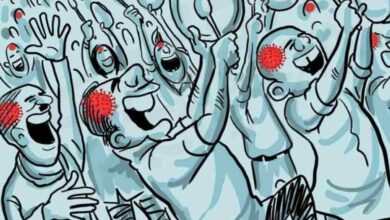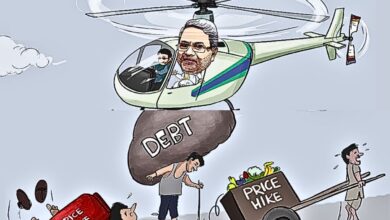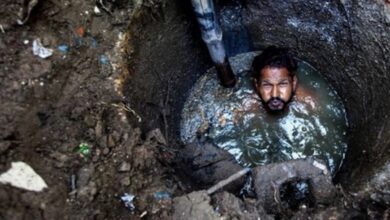Does The Russian Economy Benefit Or Suffer From The Conflict In Ukraine?
Putin wants the Russian central bank to reduce interest rates in February to make it simpler for folks and businesses to make credit purchases and revive a faltering economy.

The International Monetary Fund will evaluate how satisfactorily the Russian economy has fared during the conflict in Ukraine this week. It is expected that the IMF will determine that the Russian economy had a mild downturn last year, faces a slight contraction this year, and will experience healthy levels of growth in 2024. This is at odds with the tycoon Oleg Deripaska’s estimate from March that international sanctions would deplete the Kremlin’s funds by next year and the warning issued instantly after the attack that Ukraine faced a contraction of up to 15%.
The IMF’s emphasis on customary economic parameters like GDP has drawn criticism from certain reviewers who claim that it is unsuitable given the ongoing conflict since the figure is inflated by growing military spending. When this is removed, a study by the Centre for Policy Research network publicised that last year’s recession was 2X as dreadful as government data hint.
What do the statistics show about the Russian economy?
In 2022, the Russian GDP decreased, although not as much as many had expected. The International Monetary Fund stated in February that it expected final GDP figures to show a modest 2% decline in 2022, a 0.3% increase in 2023, and then a rebound to almost 2% in 2024, exhibiting the strength of the 145 million-person economy and its ability to withstand the additional expenses of the war.

Yet the evaluation considers military spending, which has increased dramatically since the war began, especially with the implementation of conscription for 120,000 citizens last year. The CEPR member and economist Mikhail Mamonov, an expert on sanctions based in Princeton, cautions against using GDP to be a barometer for the government directly participating in a fight, especially Russia, where the official data are likely to be manipulated. He said a 10% decline in retail spending indicates a sharp recession in the real economy.
What about different economic sectors?
In a CEPR research, economists Hanna Sakhno of the University of Groningen and Adrian Schmith of the European Central Bank went beyond consumer spending to create a “domestic demand tracker” to count private sector movement. It uses 15 different sources, like Google searches, plane ticket purchases, and data on home prices.
If the focus is shifted to non-military action, the duo came to the conclusion that Russia’s recession last year was wider and worse than the official data pointed. Although it was hard to provide a conclusive analysis without taking into account the facets of military spending, they asserted that private consumption decreased by 4% rather than 1.8% in the official data.
Even official statistics suggest the harm done to the non-military sector. In December 2022, Russia’s overall imports of products decreased by around 20% from 2021, while imports of technology fell by 30%. Production of television receivers dropped by 36%, excavation machines by 53%, and cars by 67% last year. The production cuts will continue if sanctions on key elements are in place.
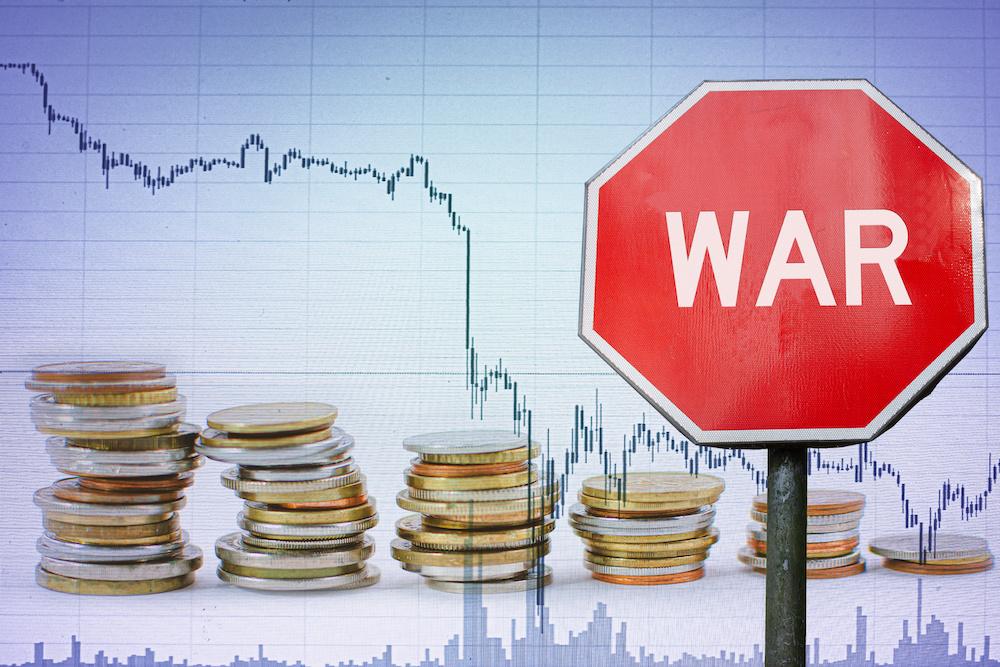
Are people still purchasing like normal?
A decline in retail sales reveals the war’s influence on the typical customer’s mindset. Another element in the decline in spending that has happened since last March and is expected to continue this year is a lack of urgently needed and desired products to purchase.
The situation has been exacerbated because the households have transferred discretionary money into savings A/Cs for fear of an economic collapse, giving Russia one of the highest deposit savings percentages in the industrialised world—32%. The savings rate in the UK is 9%, in comparison.
Does the war’s rising expense have an impact?
Moscow may not have much money left, but Oleg Itskhoki, a Russian émigré and specialist on sanctions at the University of California, argues that they do not know about the reserves left with Moscow. According to him, the salary cost for enlisting conscripts and the additional military equipment required to replace lost tanks and wasted rockets will have increased defence expenditure from 4.1% of GDP in 2021 to 7% last year.
Benefit payments to relatives of those who perished in the battle increase the cost, while universal benefit payments to those who have children have further depleted Russia’s coffers. The ripple impact on total government spending has been pronounced. According to the state statistics office, it increased by 59% in January. However, this number is probably understated.
So, is there a shortage of funds?
In addition to rising spending, the government’s revenue is declining quickly. Russian employees make low average salaries, pay very little in taxes, and make up a small proportion of the population compared to retirees. The World Bank estimates that in 2021, income per head will be barely $12,200 (£9,875), compared to the UK’s $46,510.
Russian employees now pay a flat income tax rate of 13%, but starting in 2021, that rate will increase to 15% for individuals making more than 5 million roubles (£49,000). Even though this generated an additional 83 billion roubles in its first year, these earnings represent a small portion of the oil and gas sales, accounting for most of the Russian state income.
The Covid-19 outbreak and last year, when the price of fossil fuels reached an all-time high, benefited from this dependency. Recent declines, however, are preventing Moscow from recouping military expenses. According to the state statistics office, oil and gas tax income decreased 46% in January 2023 compared to January 2022.
According to the finance ministry, Russia’s public expenditure deficit reached $25 billion (£20.2 billion) in January due to rising expenses and declining receipts. As a result, the yearly deficit is anticipated to increase from its current level of 2.5%. The $250 billion current account surplus at the end of 2022 may disappear entirely by 2023.
What steps does Putin take to increase his war chest?
In response, Putin has informed the Russian oil corporations that he would tax them as though they sold their oil for the high price of Brent crude rather than the lower price of Urals crude.
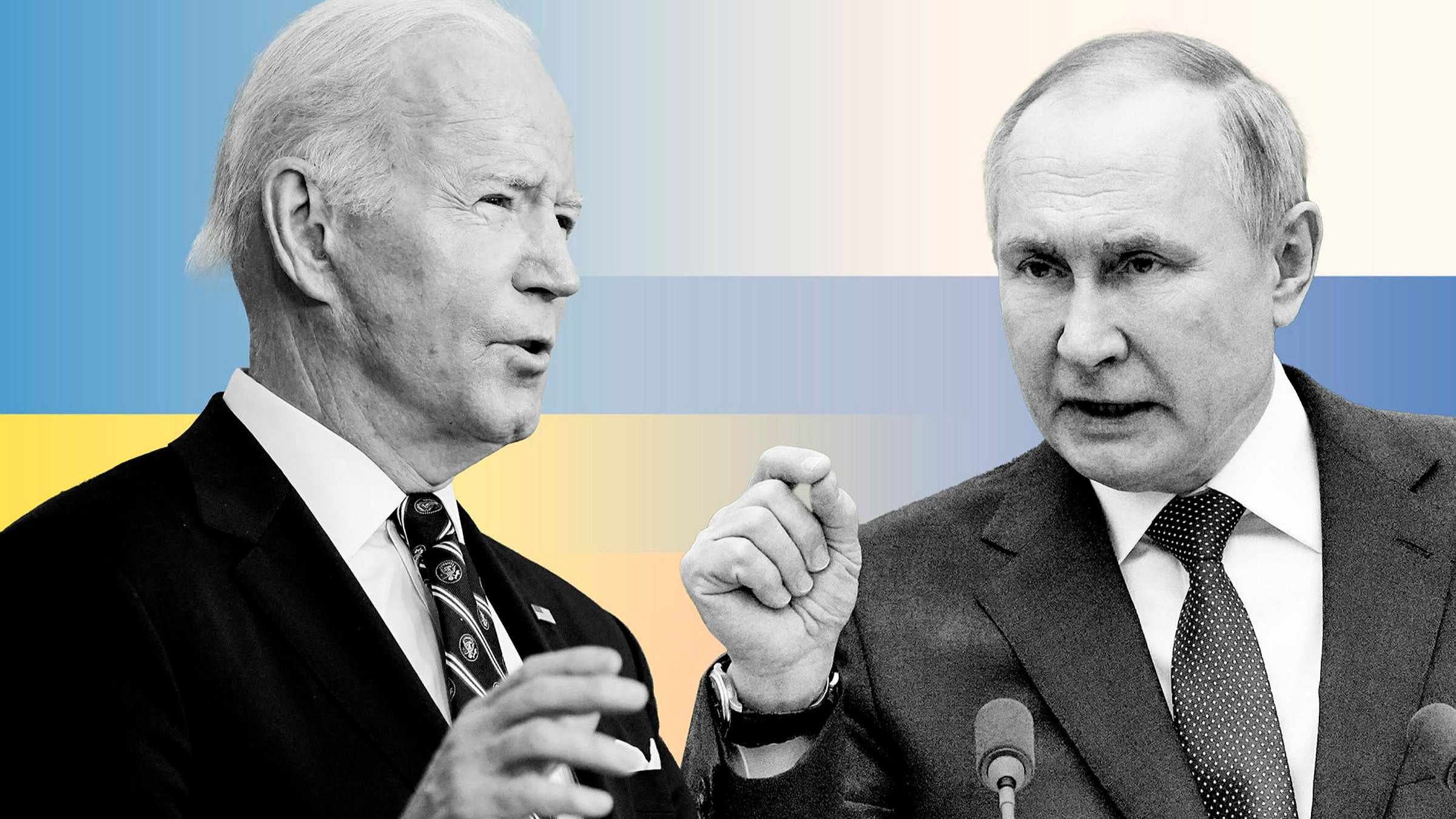
Considering the informatics from the research conducted by a group of economists, certain Russian oil businesses could sell barrels for a little bit more than the Urals benchmark. This research also had Elina Ribakova, deputy head economist at the Institute of International Finance. According to research, the EU embargo on oil goods, which went into force on 5 February 2023, would be a potent new instrument to reduce Russian export and monetary profits further.
The lack of east-to-south gas pipelines makes it difficult to sell gas, requiring the business to store a large portion underground. It is believed that mining and fertiliser industries have paid one-time tax surcharges due to windfall gains from a rise in the price of commodities over the past two years.
A tax on savings and a further increase in income tax is further measures being considered. Although the EU and US want to ban Russia from using the Swift payments system to transfer money globally, Armenia and Turkey are frequently mentioned as possible conduits.
What about taking out extra financing?
Putin wants the Russian central bank to reduce interest rates in February to make it simpler for folks and businesses to make credit purchases and revive a faltering economy. Elvira Nabiullina, the bank’s governor, warned that lowering borrowing costs would cause inflation, which is currently near 12%, to rise. As a result, the central bank’s benchmark interest rate was kept at 7.5% at its most recent meeting in March.
As more of Russia’s labour and resources are devoted to the war effort, limiting the ability of other sectors of the economy to flourish, high inflation and high-interest rates are likely to stay. As a result, the ruble, which last year rose on the strength of strong oil and gas profits, has fallen back, raising the cost of imports. The currency dropped last week to levels not seen since April 2022, and it did so again.

Conclusion.
This combination of declining oil revenues, a weakening Russian currency, restrictions on borrowing from foreign banks, and fearful Russian citizens creates a financial shortfall this year that will be challenging to make up for, supporting Deripaska’s assertion that by 2024, the money needed to wage war will already have been expended.

